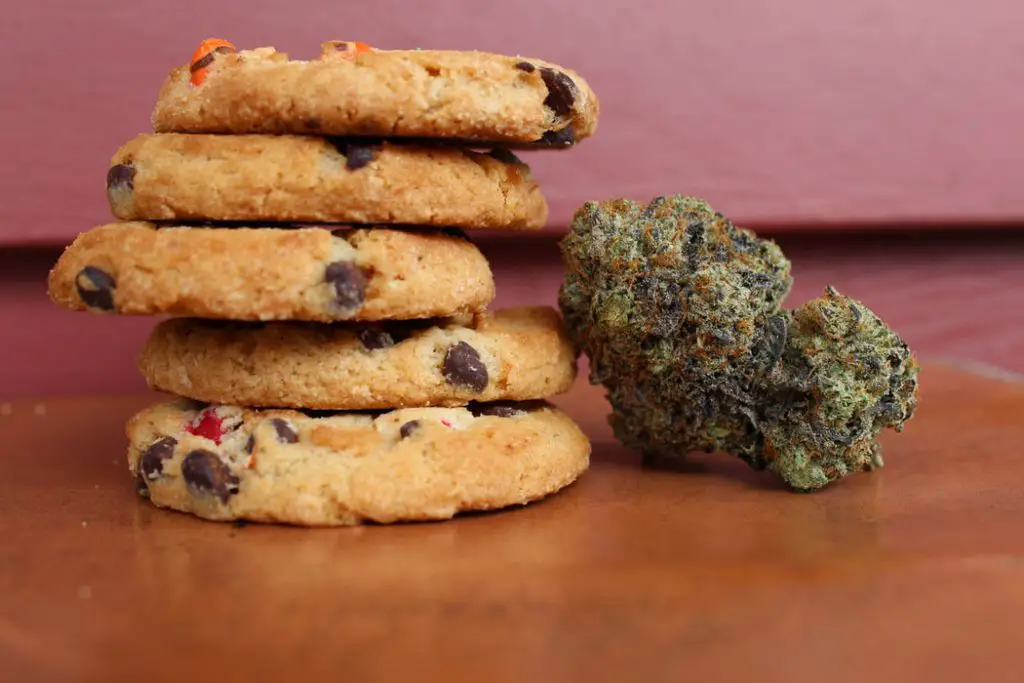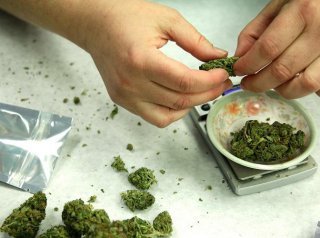Cannabis-infused edibles officially became legal in Canada in October 2019. Since then, access to a plethora of different edibles brands and products has been quick and easy. If you want to buy edibles in Canada, just search “best edibles Canada” or pop by your favorite dispensaries to see if there’s anything that suits your fancy. From cannabis brownies, cookies, candies, chocolates, gummies, pasta sauces, and potato chips to beer, herbal tea, iced coffee, juices, sparkling water, and tonics, there are so many options weed lovers can try, and the list gets longer every day.
The eye-popping amount of choices can be overwhelming to your regular Canuck, who just wants a tasty dose of pot. Fortunately, there are simple ways to ‘weed’ out the edibles that are not worth trying or suited for your needs. First, stick with the types of food or beverages that you love. Pot treats are supposed to be the more fun and pleasurable way to consume your dose of cannabis after all. Second, pick out only those with these three characteristics: accurate product label and dosage, quality ingredients, and great taste.
This article explains why having such attributes is essential. And, whether you’re interested in THC or CBD products, those with all three are the best options for all cannabis lovers wanting to explore the world of weed edibles.
Page Content
Three Things to Look for to Find The Best Edibles
Weed edibles’ popularity is picking up in Canada, and it’s not surprising at all. Humans love food, and what better way to get the benefits of cannabis than through eating and drinking? In addition, taking pot-infused food and beverages boasts game-changing advantages over other consumption methods. Effects from ingesting pot treats take 30 minutes to two hours to manifest but can last for 12 hours. Eating weed is also not harmful to your lungs and will not attract attention, unlike smoking and vaping.
Indeed, the introduction of cannabis edibles in the market made cannabis dosing easier and a lot more pleasurable. But, alas, not all products are created equal, so consumers must exercise careful judgment when choosing what to purchase.
These three attributes are basic conditions great edibles, such as the premium yet cheap cannabis treats offered by MOMarjiwana, have.

Accurate Package Labeling and Dosage
The edible manufacturers that cater to the Canadian market must provide an accurate food label that complies with all applicable regulations in the country. Food packaging labels should not mislead as they communicate crucial information to help consumers make informed shopping decisions. Additionally, truthful labeling is critical for these reasons:
- Allergic individuals may consume ingredients they are intolerant to and experience distressing or potentially harmful side effects.
- Some people follow strict dietary practices that restrict the consumption of certain products. Regardless of whether this is to conform to cultural, legal, religious, or societal prohibitions, the label should help identify any ingredient they need to avoid.
- Many weed edible consumers are in it for the medical, health-giving benefits of cannabis plants. Some may also have underlying health concerns, such as obesity or diabetes, making it crucial that products convey accurate caloric and nutrient data.
The most important content of cannabis edibles is the cannabinoid, and it’s highly critical that the dosage information on products is accurate. Consumers can choose from high-THC, CBD-rich, or 1:1 THC and CBD weed food and beverages.
In Canada, the dosage restriction for THC, the psychoactive component of cannabis, is only 10mg per portion for recreational consumption and up to 1000mg per portion for medical use. An incorrectly described THC level can lead to overconsumption, which, in turn, could cause confusion, headache, paranoia, or increased heart rate. While CBD in incorrect dosages will not bring such side effects, the product may be less effective in providing relief.
Quality Ingredients
When choosing edibles, go with trusted brands that prioritize their customers’ well-being but still verify the cannabis and food ingredients used to formulate the product.
Purchase foods and beverages that are laboratory tested for potentially harmful or toxic contents. These unsafe components may be brought about by improper cultivation, extraction, or infusion practices. Cross-contamination and cross-contact issues are also possible in facilities with poor sanitation and hygiene.
Also research if the products are minimally processed and sustainably produced using high-quality ingredients. Some can appear clean or safe on lab tests but are made with poor-quality, unsafe, or non-food grade materials.

Great Taste
Once you’ve determined that a product is suitable for consumption, do a taste test first before buying a bunch. There’s an abundance of products on dispensary shelves, but if they taste horrendous, they don’t deserve a spot in your overcrowded pantry.
One of the main appeals of edibles is that they are typically without the strong earthy taste found in cannabis extracts and tinctures. Many products are also offered in various flavors, giving plenty of options that excite the taste buds. That said, it doesn’t mean they are all pleasing to the palate, especially to discerning ones, which is why consumers need to find choices that they can enjoy.
Only Choose the Best Edibles in Canada
Whether you’re trying weed edible for the first time or incorporating it into your daily routine, you deserve a positive and highly beneficial experience. There’s a large number of cannabis food and drinks available in Canada, so finding edibles won’t be a problem. It’s weeding out low-quality and potentially harmful pot products from your list of choices that could be more challenging.
We recommend thoroughly checking the packaging label to make sure all essential details are displayed and that the listed ingredients are to your liking. With the help of the internet, also vet the manufacturers to see if they have a spick and span reputation in the production and quality department. Lastly, do a taste test to see if the palate gives a nod of approval.





